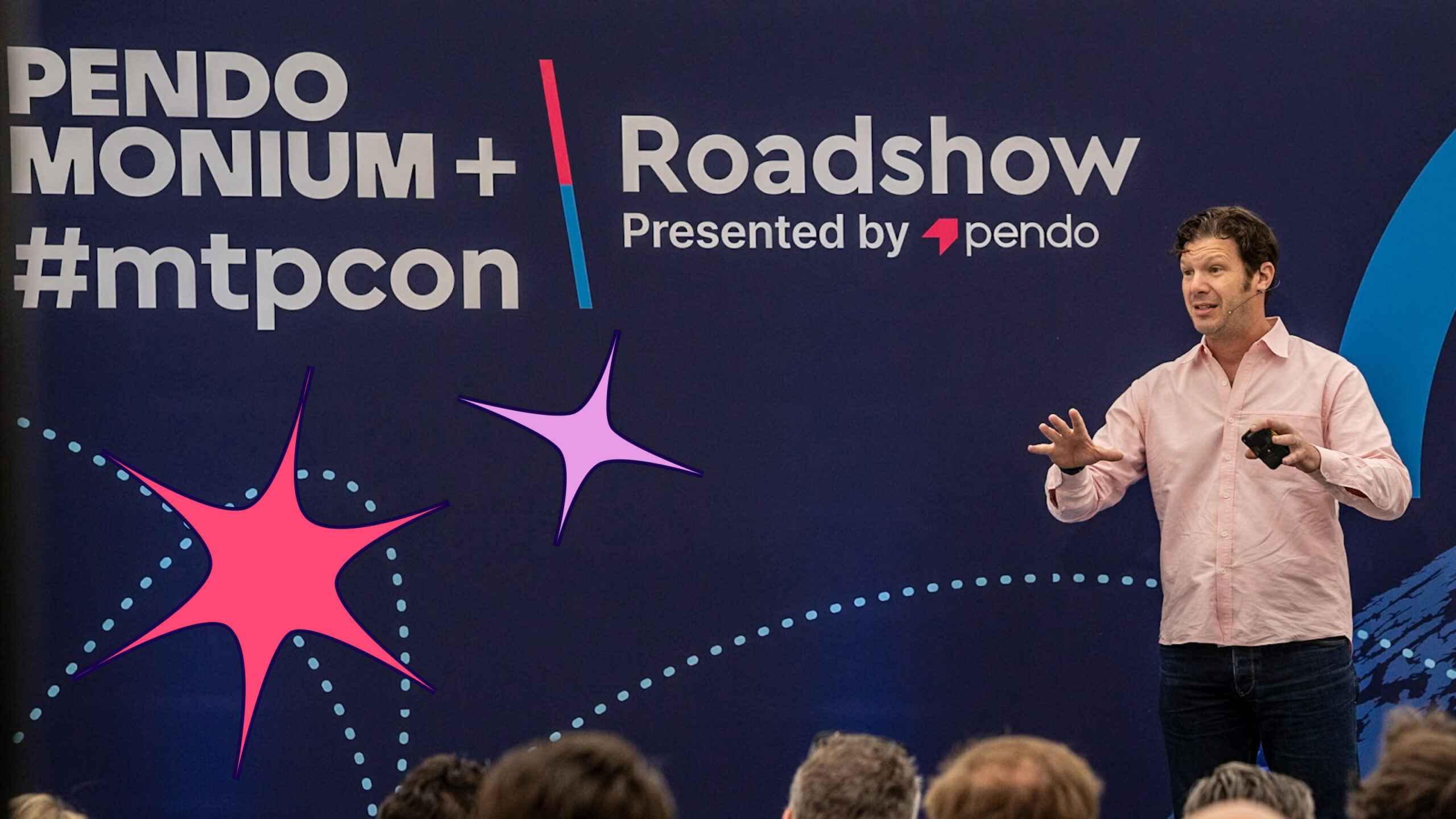For product managers, quantitative data (in the form of product analytics) and qualitative data (in the form of user feedback) is the gold standard for building a rounded understanding of the customer experience. But there’s also a third type of data that’s typically only considered in the context of user experience (UX) research, but which presents huge benefits for teams across the business: Visual data.
Visual data, in the form of session replays, is a valuable source of user behavior insight for product managers (PMs). Session replays show the complete picture of how users are navigating and engaging with your product or app. This irrefutable visual context provides the evidence that product—and other teams across the business—need to influence decisions. And it can help them identify unexpected patterns in user behaviors that ultimately drive continuous product innovation and a better customer experience.
Here are five ways visual data helps product teams build better products.
1. Understand the user journey and identify usability issues
Session replays allow PMs to understand exactly how users are navigating within their product or app. These replays provide full visibility into the user journey—including entry points, feature engagement, and exit paths. This information not only provides clear direction on immediate fixes that might be needed in the product, but is also valuable when it comes to roadmapping and feature prioritization decisions.
Session replays are also critical for identifying and diagnosing usability issues or areas of friction within your product—especially when paired with product analytics data.
Let’s say you notice a dip in usage of a particular feature after viewing data in your product analytics tool. If you already use Pendo, you can jump directly from Pendo Analytics into Pendo Session Replay to see the replays associated with that feature and those users. This allows you to target your research and surface only the session replays that are relevant to the issue you’re investigating, so you don’t get overwhelmed by too much data. Maybe you see people repeatedly “rage clicking” a button associated with the feature. Or perhaps you observe users struggling to complete a workflow. By directly observing how your users interact with this part of your product, you can quickly pinpoint what needs to be improved and deploy a fix.
2. Validate design and UX decisions
Visual data is also extremely valuable for validating the impact of design changes in your product. In the discovery and research stage, PMs can use session replays to identify how they might optimize the product’s user interface (UI), based on how users interact with specific design elements or features. And with a tool like Pendo Session Replay, they can easily flag and share the most relevant session replays with their UX or product design team—which can help inform the direction they take.
After implementing any design changes in the product, PMs can again watch session replays to ensure the new UI works as intended—and materially improves the user experience. This helps ensure that the product’s design aligns with user expectations, and helps foster a culture of continuous discovery and optimization.
Understand why users do what they do through video playbacks of their actions.
Learn more about Pendo Session Replay3. Optimize conversion paths
Because session replays provide valuable insights into how users engage with specific features, they’re great for helping PMs understand the behaviors behind the data (e.g. adoption rates and utilization trends) in their product analytics tool. These visual insights are extremely useful for helping PMs improve utilization of features, and can even serve as valuable direction for improving conversions and driving product-led growth. They also give product teams a unique opportunity to observe the decision-making processes of users.
For example, let’s say you’re watching session replays from users on your product’s basic or freemium plan. You might notice people spending a lot of time hovering or trying to click into a premium feature that they aren’t yet paying for. Seeing this behavior can inform the messaging strategy you take—for example, deploying a tooltip or in-app guide to explain the value of the premium feature and presenting users with a call to action to upgrade—to drive the upsell.
4. Accelerate product discovery and development
Session replays are a critical part of any continuous product discovery and development motion. This visual evidence allows product teams to research user behavior; test hypotheses about features, functionality, or design; and validate decisions quickly and efficiently.
From a product development perspective, session replays align perfectly with agile methodologies—and help create a continuous feedback loop that enables continuous iteration. And because session replays allow engineering and QA teams to bypass some of their typical, labor-intensive user research legwork (e.g. user interviews and testing), they can get bug fixes, usability improvements, and feature optimizations out to market faster, in shorter development cycles.
5. Improve the customer experience
When companies build better, more user-centric products, customers ultimately have a better experience using them. And thanks to the visual, irrefutable nature of session replays, companies can get the concrete evidence they need to assess, diagnose, and fix any issues their customers are experiencing—fast. Let’s look at an example.
Traditionally, when customers get stuck in an application, they have to reach out to customer support for help. Oftentimes, that involves the support representative asking the customer to share screenshots of the issue, or trying to replicate it for themselves in their own environment. This back and forth takes a long time and is tedious for both the customer and the support team. Using a tool like Pendo Session Replay, the customer support representative can instead bypass all that back-and-forth, and jump right into that user’s replay to see what happened and find a fix—resulting in a much faster, more efficient resolution.
Session replay tools can even help mitigate the need for the customer to ever submit a support request in the first place. By viewing their customers’ session replays, customer success managers (CSMs) can proactively assess where customers are struggling and intervene accordingly. And on the product side, seeing these behaviors could signal an opportunity for in-app enablement or UI improvements. PMs can use the visual insights from session replays to inform their in-app guidance strategy—and ultimately prevent other customers from experiencing similar issues in the future.
Want to see Pendo Session Replay in action? Take this self-guided tour or request a custom demo with our team.


